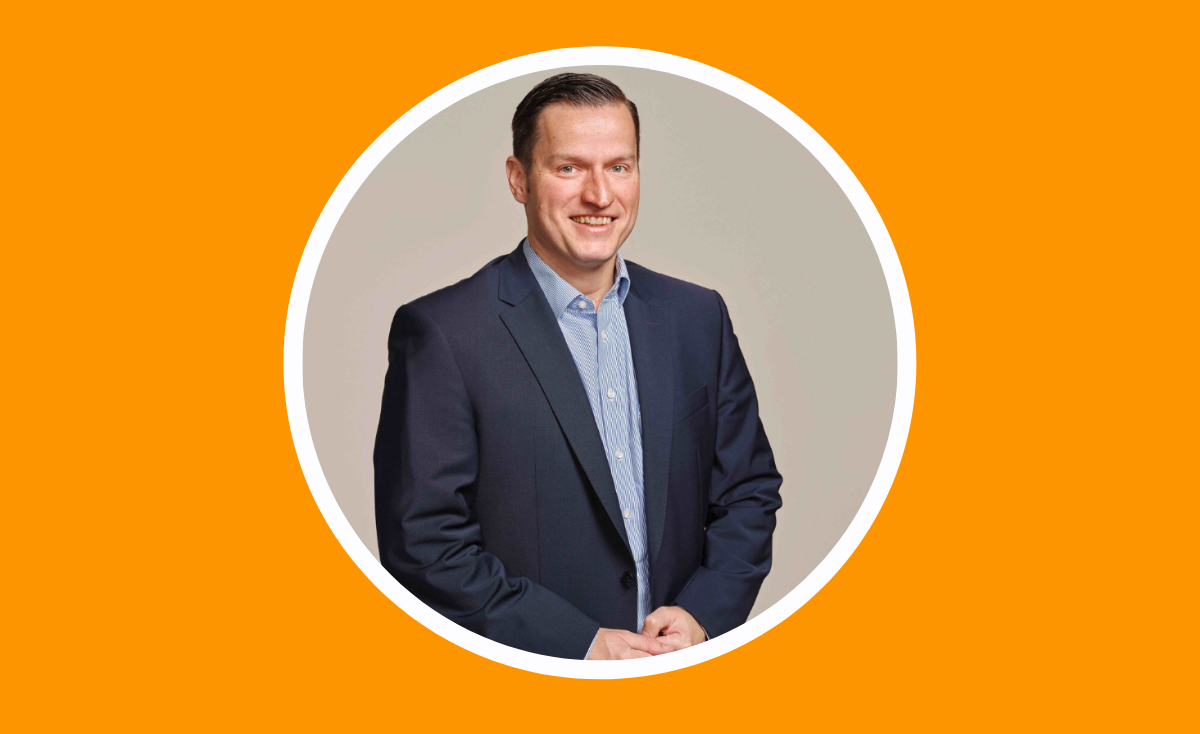
Christoph Junge: First of all, investing in private markets requires expert knowledge. Not only in the Alternatives team but the relevant parts in the rest of the organisation need at least to understand the risks and opportunities of private markets.
While the talent pool is growing larger, there is still a gap to be closed. In addition to that, there is a barrier with regards to size.
Insurers need a certain amount of assets under management to be able to run a diversified private markets programme in a cost-efficient manner.
Costs are the next hurdle, especially in very cost-conscious organisations. Private market investments are more expensive than their listed counterparts. That’s a fact.
“Insurers need a certain amount of assets under management to be able
to run a diversified private markets programme.”
However, I would argue that return after costs is all that matters, but I can also appreciate that investment costs can be a competitive parameter for insurers.
Last but not least, regulation. Regulators are increasingly focusing on alternatives which in turn requires more work and resources on the side of the insurers.
Regulation like Solvency II is at the same time a major headwind to some private market asset classes and tailwind to other parts due to preferential treatment of those.
Christophe: Education is key. This will solve some of the barriers mentioned above.
I am a strong believer in education and lifelong learning and have held an inhouse course at Velliv and am also teaching an external course, so I really walk the talk to help the industry move forward.
“I am a strong believer in education and lifelong learning.”
Speaking of myself, I found the CAIA programme very useful and would say that becoming a Chartered Alternative Investment Analyst in 2015 paved the path towards my current role.
The cost issue can be reduced by for example increasing the share of co-investments compared to primary funds or by pooling capital with other like-minded investors and thereby reaching economies of scale.
Christophe: It is much easier in the listed markets as the data coverage and quality is much better than in the private markets where data is scarce. In addition, the liquidity of listed markets allows for quick and frequent adjustments.
However, I would argue that if you really want to invest for impact, then you have to go to the private markets.
“Private markets will play a major role in financing the
energy transition.”
While you can easily exclude companies in the public markets you typically trade the bonds or stocks with other participants. Hence, if you sell, someone else is buying.
In private markets, especially private debt, the investments are typically primary transactions, meaning financing that new green deal but also in private equity where an increase of capital, where investors come with fresh equity, to finance growth.
Private markets will for example play a major role in financing the energy transition.
Christophe: We still believe that private markets can offer value compared to public markets. Where skill meets complexity and less transparent markets there are still plenty of alpha opportunities.
But with that being said, also in the private markets a lot of money is chasing a limited amount of deals.
We see opportunities in – among others - both Private Equity, Infrastructure and Illiquid Credit and each asset class has its own merits and justification in the portfolio.
“We still believe that private markets can offer value
compared to public markets.”
Private Equity and Illiquid Credit for example have the purpose of earning an extra premium compared to their liquid counterparts while infrastructure is in the portfolios for stable and less correlated returns.
The icing on the cake is that many of the infrastructure assets in our portfolio have a certain linkage, either implicit or explicit, to inflation.